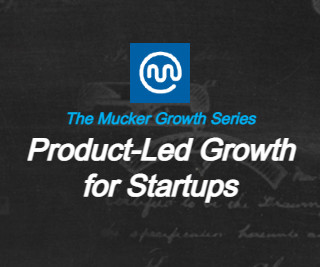State of the Cloud 2019: Europa Edition with Alex Ferrara, Bessemer Venture Partners (Video + Transcript)
SaaStr
OCTOBER 31, 2019
It was around that time about 12 years ago that Jeff Bezos launched AWS, and some of you may remember that, when he did this, Wall Street analysts were looking at him and saying, “Why would you take what’s already a very unprofitable business and drive it further into the red by investing in this AWS initiative?”














Let's personalize your content